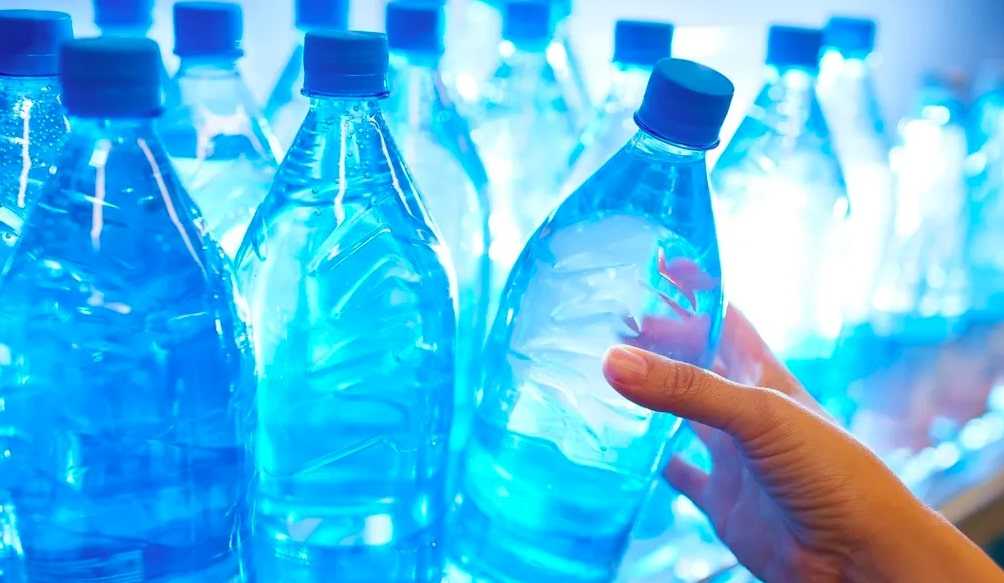Life in plastic? Not so fantastic, says science

Image: Getty
A typical 33-ounce bottle of water – or one liter for the Europeans reading this – contains an average of 240,000 plastic fragments, or ~100x more than previously thought, according to a new peer-reviewed study published in PNAS.
The research from Columbia University marks the first-ever study to evaluate bottled water for the presence of “nanoplastics” – which are plastic particles under 1 micrometer in length, or 70x smaller than the width of a human hair.
- Nanoplastics are widely considered more dangerous to humans than microplastics (slightly larger plastic particles), since they’re small enough to penetrate human cells, enter the bloodstream, and impact organs.
The findings: To accomplish their novel study, Columbia researchers invented a new laser-based microscopy technology that was able to count the number of nanoparticles found in three popular brands of water sold in the US. They discovered between 110,000 and 370,000 tiny plastic particles in each liter 33-ounce bottle, with nanoplastics representing ~90% of that total.
🥤 Zoom out: The world produces more than 450 million tons of plastics each year, much of which eventually ends up in landfills next to your toxic ex-boyfriend. The vast majority of plastic doesn’t degrade naturally, but instead breaks down into smaller pieces over time and spreads across the Earth.
Share this!
Recent Science & Emerging Tech stories

Science & Emerging Tech
| January 9, 2024Flowers are evolving due to a lack of insects
💐🌱 In recent decades, global insect numbers have declined so much that plants have taken reproduction matters into their own hands, er, petals, and are increasingly evolving to pollinate themselves, according to a new peer-reviewed study.

Science & Emerging Tech
| January 9, 2024The biggest tech event of the year is here
🧑💻🌆 Around 130,000 people are converging on Las Vegas this week to attend CES 2024, an annual affair that bills itself as the most influential tech event in the world. Here's a sneak peek.

Science & Emerging Tech
| January 4, 2024The NY Times is suing Microsoft and OpenAI
🤖⚖️ In a legal complaint filed last week, the NY Times became the first major US media organization to sue both Microsoft and ChatGPT-maker OpenAI for alleged copyright infringement.
You've made it this far...
Let's make our relationship official, no 💍 or elaborate proposal required. Learn and stay entertained, for free.👇
All of our news is 100% free and you can unsubscribe anytime; the quiz takes ~10 seconds to complete